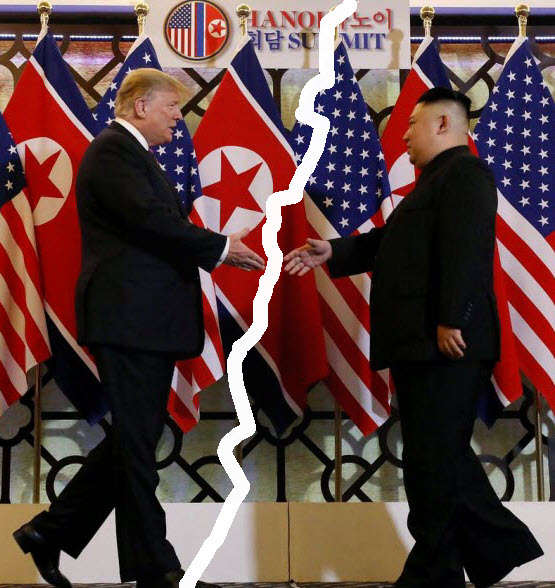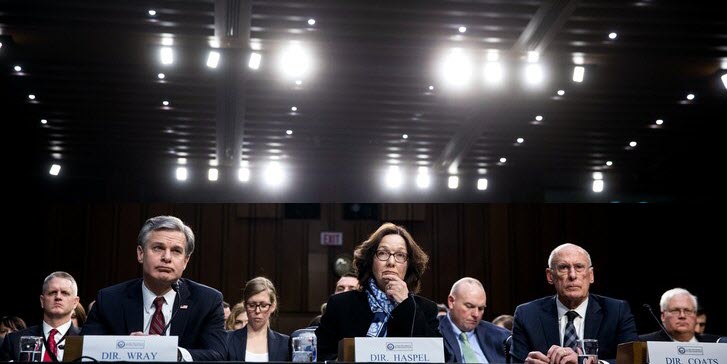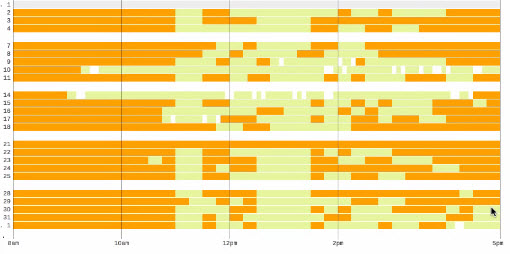Trump’s Talk of Love Made Kim Think He Could Have It All
“Sometimes you have to walk,” said the president, to the relief of those who feared Mr. Trump would give away too much in pursuit of a deal with the North Korean dictator. So Mr. Trump said fuhgeddaboudit, cancelled his lunch with Kim Jong-un, and headed home. Mr. Kim’s offer was to dismantle what they say is their most important nuclear facility, leaving all their other weapons facilities in place with the hermit country unchecked in continuing to develop fissionable material. Kim’s demand in return: that the U.S. lift sanctions in their entirety. It wasn’t an offer; it was an affront. Traditionally, and practically, pacts between nations are hammered out by each country’s negotiators and the heads of the countries meet only to shake hands, But Mr. Trump believes himself to be a premier deal-maker and went to Hanoi with no deal in place, expecting to charm the North Korean leader, and the American people on his return, with successful vanity diplomacy. But North Korea had seen signals that the U.S. position has softened, that we would no longer demand a complete inventory of their nuclear infrastructure. After meeting with Kim last June, Trump had said the de-nuclearization issue had been “largely solved” and that “there is no longer a nuclear threat” from North Korea. Since then, the president saying that, in their exchange of “beautiful letters”, the two “fell in love”, as he told a rally in Wheeling, West Virginia, may have led Kim to think the U.S. president would accept crumbs in order to claim success in arriving at a deal. Evidence that North Korea believed it had attained the upper hand shown through when the North’s foreign minister, Ri Yong-ho, condescendingly told America that their position will not change, that “This kind of opportunity may never come again”. But it did come again. Something did, in any case. When Trump walked out, Mr. Ri had to back down. He claimed their offer was misunderstood and called for only certain sanctions to be eliminated in exchange for demolition of the nuclear compound, unspecified sanctions described as those that are harming the people of North Korea. Nevertheless, President Trump embarrassed the U.S. by going all that way only to be stiffed. Compare the absence of joint preparedness with the elaborately choreographed Iranian nuclear deal of the Obama administration — an agreement that Trump calls the worst he has ever seen — which provided for a full and transparent accounting of Iran’s facilities, the shutdown and removal of equipment and enriched stocks, and inspection that enables the International Atomic Energy Agency to say that Iran continues to be in compliance. That was an agreement fully worked out in advance before any of the countries’ leaders put pen to paper. The president leaves himself open for schadenfreude when his mission falls short for his having tried to create a myth about his efforts with North Korea, even to the extent of self-congratulation for avoiding a war that he claims — with utter falsity — that President Obama would have started: “When I came into office, I met right there in the Oval Office with President Obama. And I said, ‘What’s the biggest problem’ and he said, ‘By far, North Korea’. And, I don’t want to speak for him, but I believe he would have gone to war with North Korea. I think he was ready to go to war, in fact he told me he was so close to starting a big war with North Korea”. This about President Obama, who couldn’t bring himself to fire a missile into Syria when Assad crossed his “red line”. Trump has told this lie more than once. At a cabinet meeting a month ago he said, “That was going to be a war that could have been a World War III, to be honest with you”. And to reporters few days later, Anybody else but me, you’d be in war right now. And I can tell you, the previous administration would have been in war right now…You would, right now, be in a nice, big, fat war in Asia with North Korea if I wasn’t elected president.” This from the man who himself had engaged in reckless brinkmanship, threatening a murderous dictator of a paranoid country about whose temperament we knew little that he would be “met with fire and fury like the world has never seen”, with Kim Jong-un counter-threatening — all the while testing delivery platforms, one after another of increasing range ending with being capable of reaching into the U.S. — “I will surely and definitely tame the mentally deranged U.S. dotard with fire”. The North’s diminished offers — talk of an agreement for total denuclearization having dematerialized — also make Trump’s antagonism toward his own intelligence agencies look wrongheaded. In mid January he said, complaining of a media that did not buy his faith in Kim Jong-un: “The agreement says there will be total denuclearization. Nobody…wants to report that.”
A few days later in a congressional hearing Director of National Intelligence Dan Coats said: “We currently assess that North Korea will seek to retain WMD [weapons of mass destruction] capabilities and is unlikely to completely give up its nuclear weapons.” Mr. Trump faces an altered reality from a year ago. The two Korea’s have developed lofty dreams of reunification, with South Korea seemingly not seeing the risk of the North’s malevolent designs. Getting virtually nothing in return, the U.S. suspended the joint military exercises with the South last June and South Korea now disfavors resumption out of concern it will put an end to the detente with Kim Jong-un’s regime. A military strike out of exasperation would be disastrous for the South, with estimates of untold thousands killed — including our own troops — by the North’s artillery alone. Which says that the U.S. is left with almost no options and the dictator probably knows it.
sign the finished document, and enjoy a fine dinner punctuated by flowery toasts.


